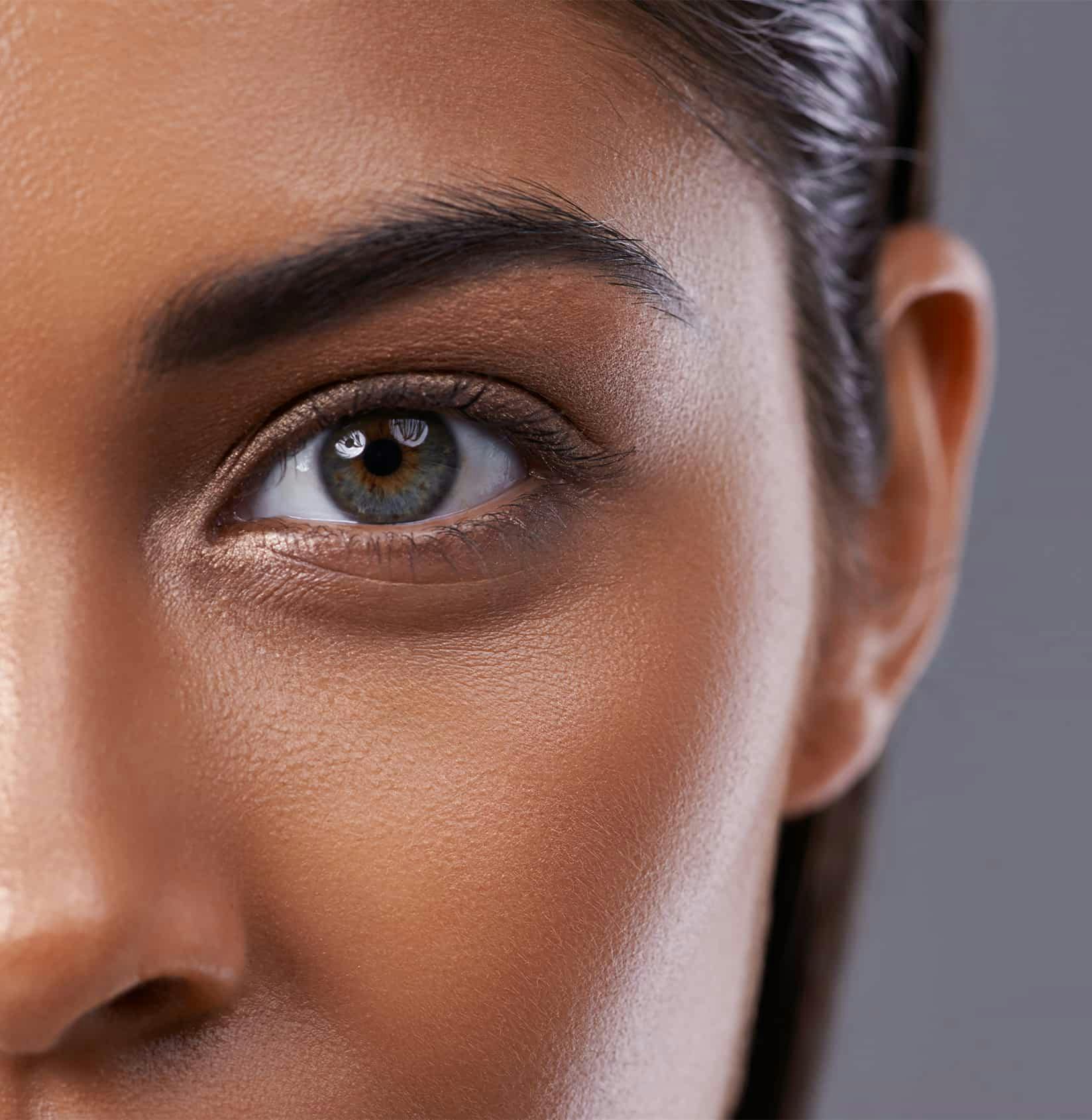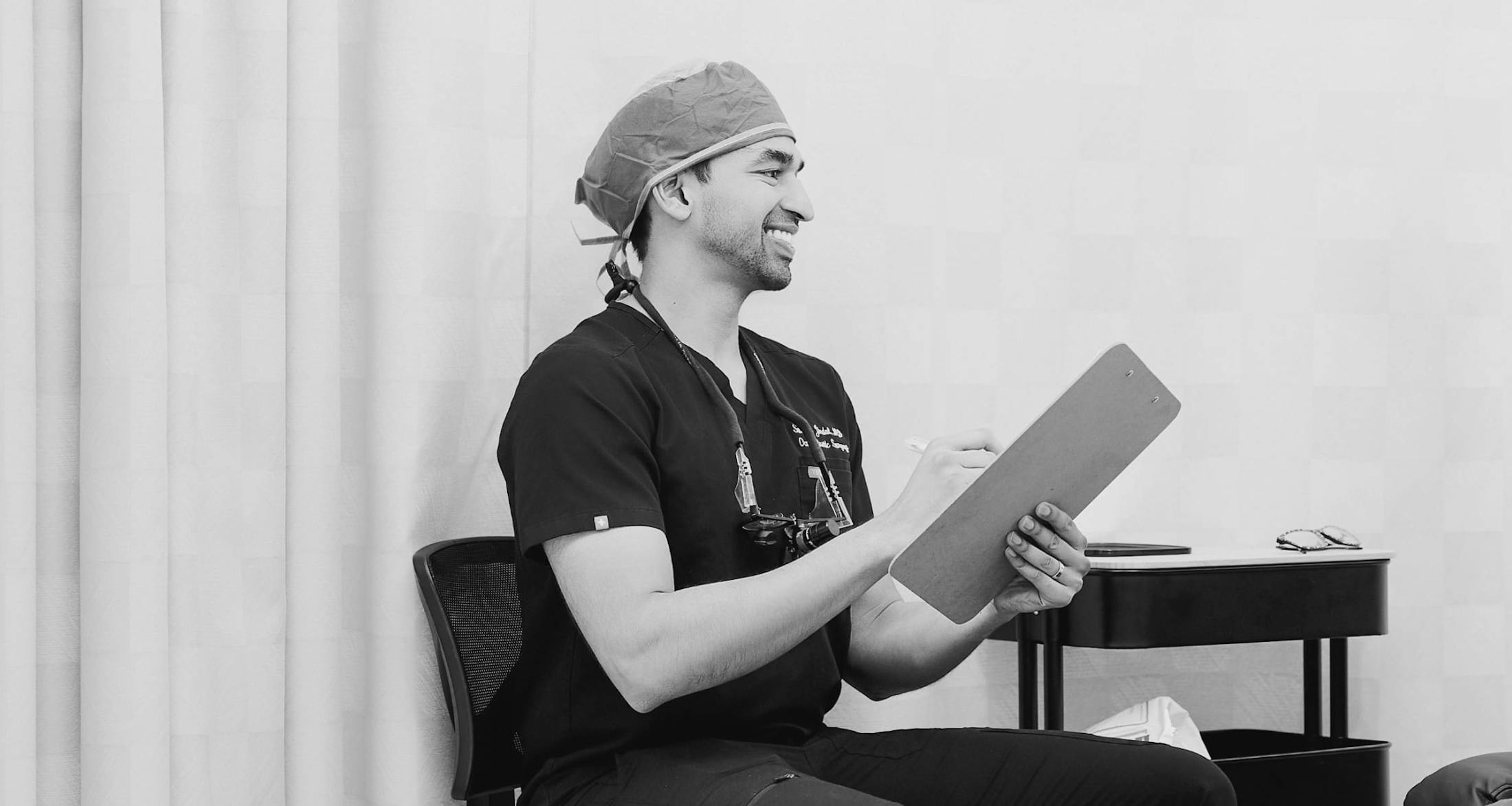Corneal crosslinking (CXL) is an innovative treatment for keratoconus and other eye conditions involving cone-shaped corneas. It combines ultraviolet (UV) light with vitamin B/riboflavin eye drops to strengthen the collagen fibers within the corneas. Our team of expert ophthalmologists are proud to offer this cutting-edge solution for patients.
What Is Corneal Crosslinking?
By crosslinking collagen fibers, this powerful treatment can strengthen the cornea, preserving and restoring vision in those with keratoconus and post-LASIK/PRK ectasia. During treatment, UV light and riboflavin eye drops are combined, halting the progression of eye disease and enhancing quality of life for patients. Corneal crosslinking has been performed safely since 1998.









